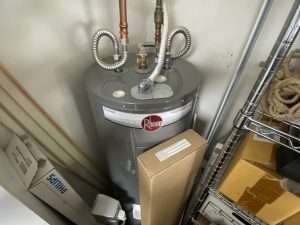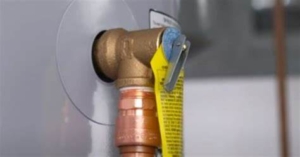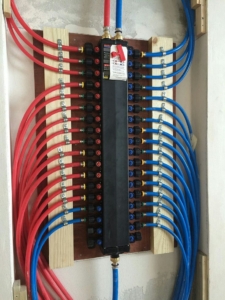Steps For Draining A Water Heater (2023 Guide)
Water heaters can fail early for a number of reasons. The most common are bolded below. We have added the steps for draining a water heater for you.
- Corrosion: Over time, the tank of a water heater can corrode and develop leaks. This can be caused by a variety of factors, including hard water, high temperatures, and high pressure.
-
Sediment buildup: Hard water can also cause sediment to build up in the tank, which can lead to reduced efficiency and eventual failure.
- Age: Water heaters have a lifespan of around 8-12 years. As they age, they become less efficient and more prone to failure.
- Improper installation: If a water heater is not installed properly, it can fail more quickly.
-
Lack of maintenance: not maintaining the water heater can lead to corrosion, sediment buildup, and other issues that can cause it to fail.
- Overheating: if the thermostat fails, the heating element can become overheated and damage the tank, also the lack of proper ventilation can cause the same problem.
It is recommended to drain your water heater at least once a year to remove sediment buildup. Sediment can accumulate in the bottom of the tank over time, reducing the water heater’s efficiency and potentially causing damage. By draining the tank, you can remove this sediment and help prolong the life of your water heater.
If you live in an area with hard water, it’s important to drain the tank more frequently. Hard water contains high levels of minerals, which can quickly cause sediment buildup. If you notice that your water has a metallic taste or leaves mineral stains, you should drain the tank more frequently to remove the sediment buildup.
How to Drain Water Heater Sediment
-
Turn off the power or gas supply to the water heater.
- Locate the cold water inlet valve and turn it to the off position.
- Locate the drain valve at the bottom of the tank and attach a hose to it.
- Route the other end of the hose to a nearby floor drain or outside.
- Open the drain valve and allow the water to flow out of the tank.
- Once the water flow stops, close the drain valve and turn the cold water inlet valve back on.
- Turn the power or gas supply back on and allow the water heater to fill up and heat the water.
I hope this blog article has been helpful. If you have additional questions and want to get in contact with GGR Home Inspections please send us a note, text, or call.
Related Articles:
- Learn 3 Reasons Why Your Pressure Relief Valve Is Leaking
- Why Your Water Heater Is Making Noise? May 2023






Pingback: Why Your Water Heater Is Making Noise? May 2023 – GGR Home Inspections
Pingback: Best Moisture Meters For Wood Under $50 - GGR Home Inspections